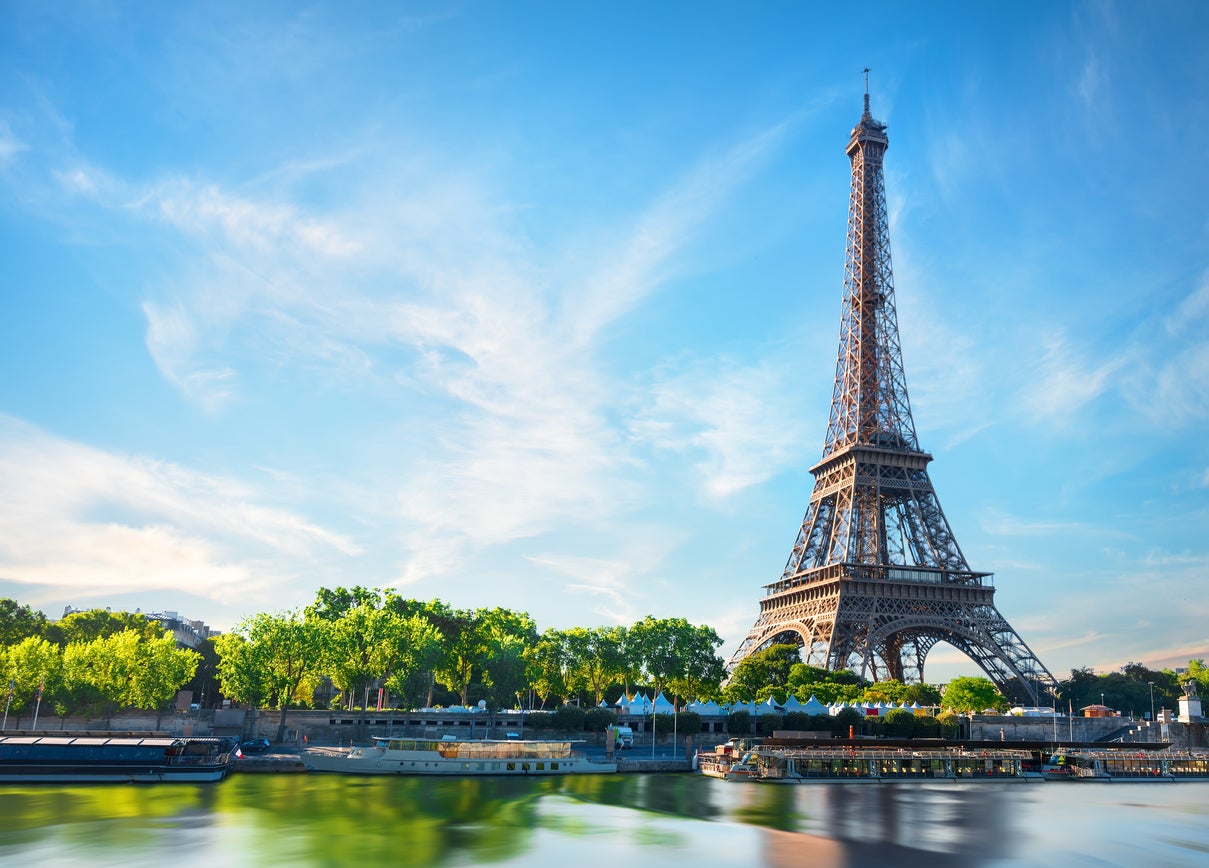What is the ‘amber plus’ list and what is on it?
The new category was created as a bespoke solution for France

Your support helps us to tell the story
From reproductive rights to climate change to Big Tech, The Independent is on the ground when the story is developing. Whether it's investigating the financials of Elon Musk's pro-Trump PAC or producing our latest documentary, 'The A Word', which shines a light on the American women fighting for reproductive rights, we know how important it is to parse out the facts from the messaging.
At such a critical moment in US history, we need reporters on the ground. Your donation allows us to keep sending journalists to speak to both sides of the story.
The Independent is trusted by Americans across the entire political spectrum. And unlike many other quality news outlets, we choose not to lock Americans out of our reporting and analysis with paywalls. We believe quality journalism should be available to everyone, paid for by those who can afford it.
Your support makes all the difference.The addition of France to the self-styled “amber plus” list late on Friday 16 July, mandating quarantine regardless of vaccination status, caught many holidaymakers and the travel industry by surprise.
Travel from the UK is run on a traffic light system, which colour codes every other nation as either green, amber or red, depending on their level of Covid risk; taking into account infection levels, levels of vaccination and the presence of any variants.
Much like an actual traffic light, measures for inbound travellers get increasingly strict towards red. Arrivals from green countries face the lightest restrictions – no quarantine on return to the UK, and just one post-arrival PCR test; amber territories mandate 10 days of self-isolation and two PCR tests; while arrivals from countries on the red list, considered the riskiest, must go into hotel quarantine for 11 nights.
The system is complicated further by a “green watchlist”, between green and amber, which flags safe countries that are at risk of turning orange at short notice.
In addition, Britons who have been double vaccinated by the NHS are able to swerve quarantine when arriving from amber countries, and follow green measures instead – just one PCR test within two days.
Clear? No? Fair enough. Here are the key questions and answers and the “amber plus” list.
What is the amber plus list?
The new category, created hastily on 16 July, is sandwiched between amber and red. It has not officially been given the name “amber plus”, but that is essentially what it is.
It was created as a bespoke solution for France, as ministers were anxious over the rise in Beta infections (the South African variant). It mandates that travellers returning from France must self-isolate for 10 days and take two tests, regardless of whether they’ve been fully vaccinated or not.
The “list” came into force at 4am on 19 July.
A government spokesperson said: “The Joint Biosecurity Centre has assessed that France is a high-risk Covid-19 destination due to the circulation of variants of concern, most notably the Beta variant, which presents the greatest risk for UK vaccine escape.
“With England entering step four of the roadmap, and restrictions easing for double vaccinated travellers, the government’s top priority is to stop the spread of Covid-19, including protecting our borders from the threat of variants.
“The decision to add countries to the red, amber or green lists is made jointly by ministers, informed by the latest scientific data and public health advice and taking into account a range of factors.”
What are the restrictions?
If passengers have been in France within the past 10 days, then regardless of vaccination status they must self-isolate for 10 days – though travellers arriving in England can pay for an extra test on day five and leave quarantine if it proves negative.
Before this new category was introduced, arrivals from France were looking forward to being able to follow green list rules if they were double vaccinated, the exemption which came into force at the same time.
What countries are on it?
Only France is on the list currently.
What if I am travelling through France in transit?
Anyone travelling from a neighbouring country via France such as Belgium, Italy or Spain via France must also follow the new rules. The only exception is for passengers on Eurostar trains from Amsterdam, Rotterdam and Brussels to London who travel through France nonstop.
Could countries be added?
There have been rumours that countries including popular holiday destinations Spain and Greece could be added as a way of reducing the risk of Covid being reimported as infections spike, but these are unsubstantiated.
Robert Boyle, former strategy director for IAG, said this week: “What they [the government] certainly shouldn’t do in my opinion is to ‘double down’ on the amber list by adding Spain and Greece to it, as some have been speculating that they might.”
When will it be looked at?
Given this new category was introduced outside of the usual three-week traffic light update timetable, it would be prudent to assume it could be updated at any time.
The next traffic light review is slated for the first week of August, likely around the fourth or fifth. Any changes are likely to take effect on or around 9 August – though as we have seen throughout the coronavirus pandemic the government can make changes to international travel rules at any time.
Join our commenting forum
Join thought-provoking conversations, follow other Independent readers and see their replies
Comments